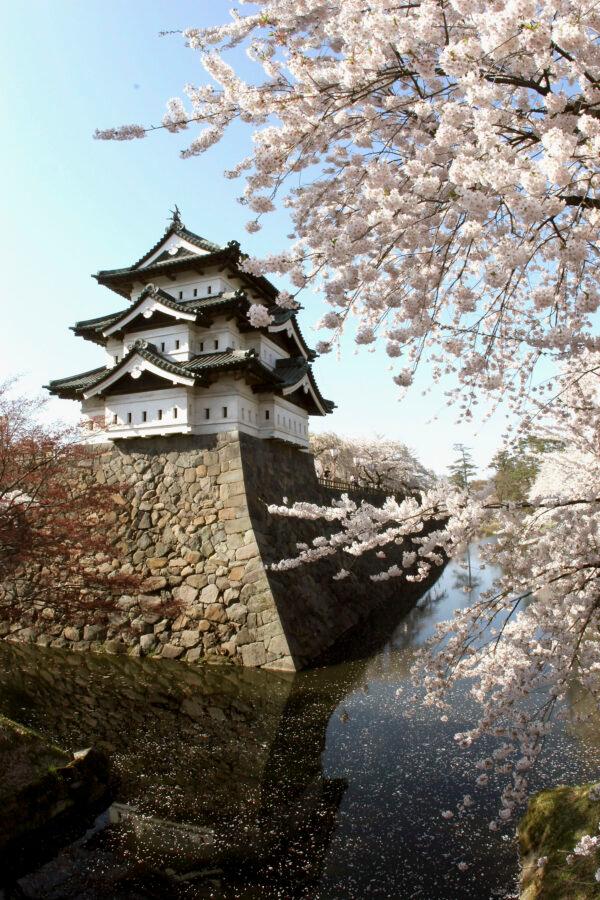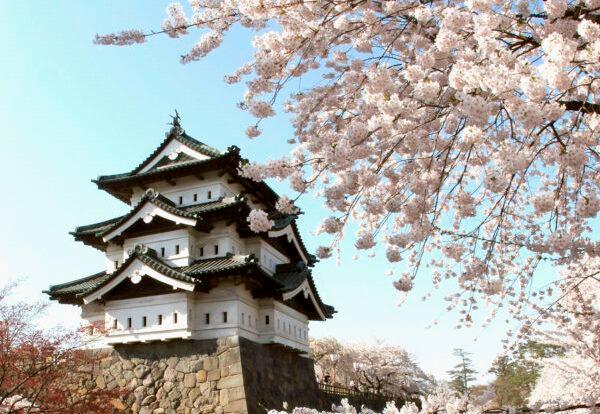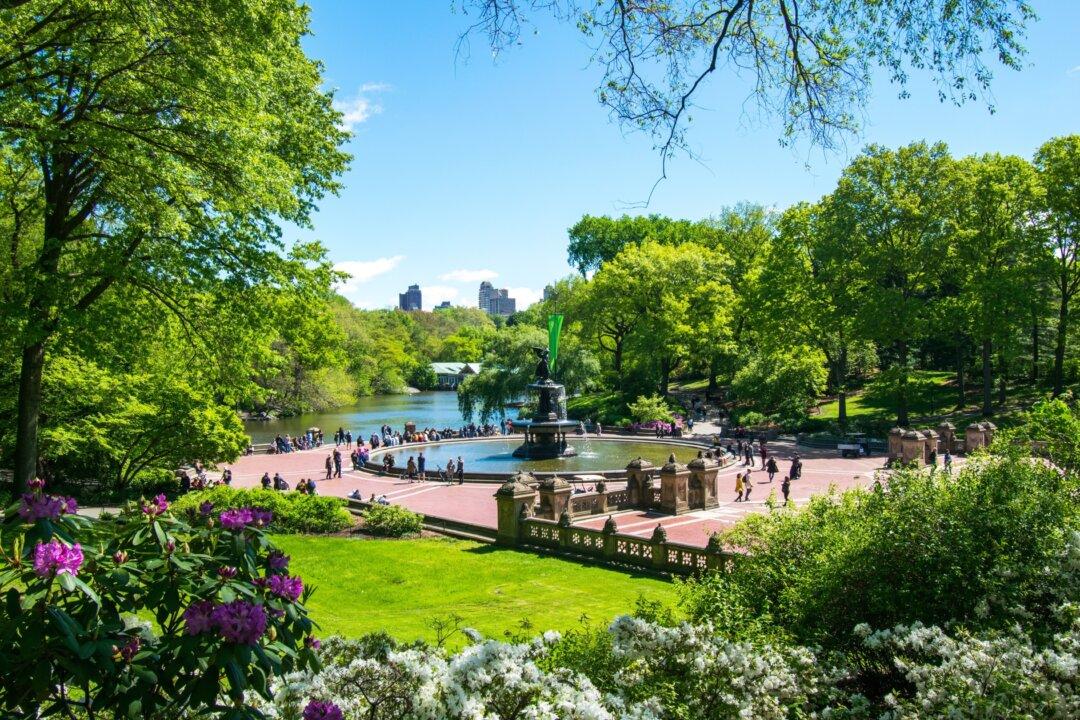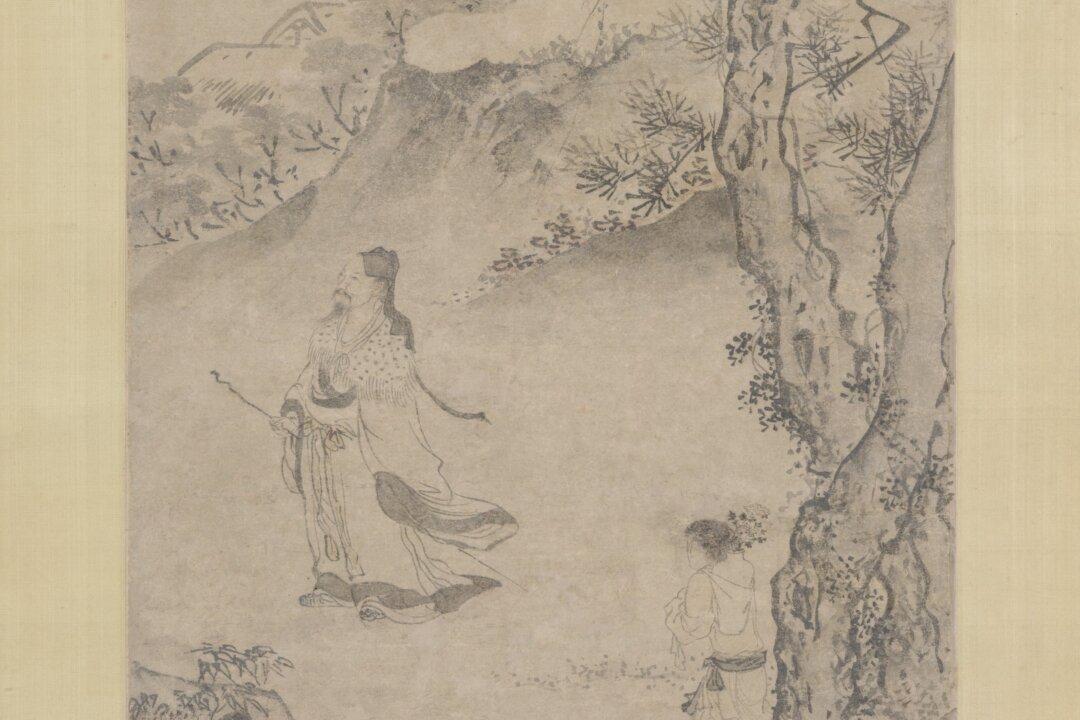Bright pink cherry blossoms against a brilliant blue sky is a sight unlike any other in the world. “Sakura” is the cherry blossom’s name in Japan. They flutter slowly to the ground as crowds mill about, taking in springtime’s beauty. Across the country, the atmosphere shifts. Buds bloom. Winter draws to an end. Just as spring brings the promise of fresh beginnings, the sweet scent of the sakura brings hope and cheer. Family and friends gather to admire the scenery and enjoy warmer weather.
A Revered Tradition
“Hanami” is the Japanese word for “the act of admiring cherry blossoms,” which is a respected tradition there. It dates back to the Nara period (710–794) when a Japanese envoy to China brought back the custom of enjoying plum blossoms. Festivals dedicated to sakura began in the Heian period (794–1185).
Every spring, hundreds of people flock to the magnificent Hirosaki Castle to take part in the cherry blossom festival. Koichi Kamoshida/Getty Images




